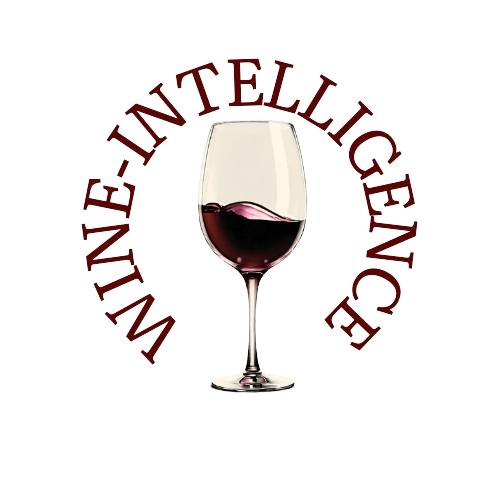In 2024, the Italian wine sector demonstrated both resilience and adaptability in the face of a complex landscape marked by economic pressures, climate volatility, and evolving consumer behavior.
According to the Vinetur report titled “The Wine Market in Italy in 2024: Performance, Key Trends, and Strategic Outlook for Industry Professionals”, Italy’s wine industry closed the year with a turnover of EUR 14 billion, a modest increase over 2023’s EUR 13.8 billion. However, this rise in value stemmed more from price inflation and consumer preference for premium wines than from expanded volume consumption.
Production Recovery: Uneven but Significant
Wine production rebounded after a challenging 2023 harvest. Italy produced 44.07 million hectoliters, still below the five-year average but notably higher than the previous year. Climate extremes—flooding and hail in the north, drought in the south—created pronounced regional disparities. While regions like Lombardy and Sicily faced steep drops, Molise, Puglia, and Abruzzo posted robust recoveries.
Exports Drive Growth, Led by Sparkling Wines
Exports were the main engine of economic improvement. Italy shipped 21.7 million hectoliters abroad, generating EUR 8.136 billion, up 5.5% in value and 3.2% in volume. Sparkling wines, particularly Prosecco, and wines with geographical indications fueled this growth. Key markets included the United States (+10.2%), Germany, the UK, and Canada. Notably, exports to Russia surged over 40%, while China and France saw declines.
To offset the shortfall from 2023’s harvest, Italy also imported more wine, especially bulk wine, which rose 61.9% in volume to 3.4 million hectoliters. Spain emerged as the top supplier, providing affordable base wine for domestic use, allowing Italian producers to preserve higher-quality output for exports.
Domestic Market: Stable Volume, Shifting Preferences
Domestic wine consumption hovered around 22 million hectoliters, with per capita consumption at 37.8 liters. However, consumption habits shifted:
- In supermarkets, volume declined 3.4%, but value grew 0.8%, driven by rising prices and a focus on premium wines. Sparkling wines and PGI wines led this segment.
- In the HoReCa sector (hotels, restaurants, cafes), spending increased slightly, but visit frequency dropped. Sparkling wines continued to perform well in aperitif settings, while still wines lost ground.
- In fine dining, wine pairings remained a critical revenue driver—up to 40% of turnover—according to Fondazione Altagamma.
Structural Evolution: Fewer Wineries, More Premium Focus
Italy’s vineyard area remained stable at 680,741 hectares, but the number of wineries declined to around 30,000, continuing a consolidation trend. The distribution of vineyard use was:
- 66% PDO wines
- 14% PGI wines
- 20% common or varietal wines
Production trends shifted in favor of white and sparkling wines, reflecting market demand. Grapes such as Glera (for Prosecco) and Pinot Grigio saw expanded plantings, especially in Veneto.
The organic wine segment continued to expand, with 135,600 hectares under organic cultivation—a 6% increase from 2023—driven by sustainability goals and consumer interest.
New Frontiers: Low- and No-Alcohol Wines
Still in its early stages, low- and zero-alcohol wine production showed promise, with forecasts predicting 60% growth in 2025, supported by evolving European regulations and changing consumer habits.
Challenges Ahead: Climate, Inflation, and Demographics
Despite positive developments, the sector faces significant headwinds:
- Climate change is increasingly disruptive, with drought, hail, and vine disease threatening yields and quality.
- Inflation in energy, packaging, and transport costs is squeezing profit margins.
- Changing consumer demographics, particularly younger drinkers shifting to other beverages or reducing alcohol intake, demand new marketing strategies.
Strategic Outlook: Innovation Meets Heritage
To thrive, Italian wineries must:
- Emphasize quality over quantity, focusing on premium and export-driven strategies.
- Innovate with new product formats, including modern branding and alcohol-free options.
- Invest in wine tourism and digital sales channels.
- Maintain a balance between tradition and innovation while engaging with evolving global markets.
Italian wine closed 2024 with signs of both strength and transition. Navigating this evolving environment will require strategic agility and an unwavering commitment to excellence—from vineyard to glass.
Source: Vinetur

